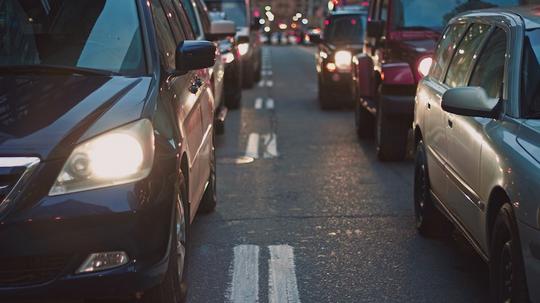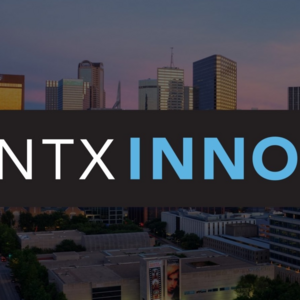
There’s been a lot of talk about the future of transportation in North Texas, especially when it comes to the urban cores of Dallas and Fort Worth.
With nearly a million people moving to the region over the past eight years, the Metroplex has become the fourth largest metro area in the country. And along with that growth comes congestion and pollution. According to the New York Times, between 2017 and 1990, vehicle emissions rose in the North Texas region by 133%.
Now government leaders are looking at a number of options to help resolve the issues. Local and national startups are also eyeing opportunities to use tech to offer solutions.
“We’ve got to figure out how to move people without being in a car,” Dallas city council member Paula Blackmon told the Dallas Morning News.
One of the most recent proposal comes from San Francisco-based car-free property developer Culdesac. The company is currently building a project in Arizona, which will house about 1,000 residents. According to Bisnow.com, the company is potentially looking at North Texas as an option for one of its next developments.
In Dallas, the city is working on solving mobility and transportation on the public side. Regional transportation organization DART has plans to electrify its busses by 2040. It is also planning on expanding DART’s coverage area. Other public transportation options are in the works, such as the Texas Central Railway, which could potentially come online by 2026 and carry passengers from Dallas to Houston in about 90 minutes.
Across the Metroplex, it’s not hard to see a new crop of mixed-use developments sprouting up along DART lines stretching into the suburbs. Developments like CityLine in Richardson or Mockingbird Station in Dallas combine a transport hub connected to a cluster of residential and commercial buildings.
“The core challenges that cities have from a macro trend stand point are largely driven by congestion, and we look at the trend line as cities get denser in places, we’re seeing that problem getting worse not better,” said Wyatt Smith, head of business development at Uber Elevate, at the Venture Dallas summit in September.
Public-private partnerships are also being looked at. The Regional Transportation Council of the North Central Texas Council of Governments (NCTCOG) is eyeing a number of proposals. Uber and Fort Worth-based Bell are working to develop flying taxis, which they expect could be online as early as 2023. However, Mike Berry, president of Hillwood Development Company, who is working on the real estate side of the project said that timeline is only feasible if companies and governments work together.
[embed]https://www.youtube.com/watch?v=ozjLlc7XNX4&feature=emb_title[/embed]
Regulators are also looking at the option of Hyperloop technology. Virgin Hyperloop One is the company working on the project locally. The NCTCOG is currently conducting a feasibility study to test the technology in North Texas. The Hyperloop acts as a sort of vacuum tube, allowing passengers to travel at about 600 miles per hour.
However, as the Fort Worth Star Telegram notes, transportation funding in the state has historically been difficult to come by, making many cities to rely on their own funding, transportation systems, or even toll roads.
“Although the federal government makes huge grants available for public transportation expenses — for example, the purchase of new buses — day-to-day operational costs are usually paid by local transit agencies who rely upon sales tax revenue that in most cases can’t be raised beyond its current limits because of state restrictions,” the Telegram wrote.
This is where the startups and technology companies come in.
Several ride-hailing companies operate in DFW. But, as Will Coleman, CEO of Dallas rideshare startup Alto, told Inno, that doesn't necessarily help with congestion and pollution. That's why Alto is limiting the number of cars it connects riders with.
The other trend from rideshare companies is in micro-mobility, and in DFW that largely means e-scooters, with companies like Lime and Bird. Although, Lyft recently pulled the plug on its e-scooter program in Dallas, citing like of density. However, regulations are being looked at for e-scooters across the region. While new regulations aren’t expected until March of next year, proposals include time and speed regulations, as well as more geofencing. E-scooters have also raised safety concerns as hundreds of riders have reported injuries.
North Texas will continue to grow. Cities that were spread across the region will become more connected as density builds up. How the region handles that and how partnerships between the private and public sphere will play out over the next months and years.
“We’ve got a pretty good handle on what our community is telling us, and we’re on our way towards developing that recommended pathway,” Dallas city council member Omar Alvarez told the Dallas Morning News. “The benefits for these types of actions are more than environmental. They will also help improve safety and access to jobs.”








